The Harzer Narrow Gauge Railway
The last train of the day is ready to depart. It's -9° outside and almost dark. The biting wind of 45 km/h drives the powder snow in clouds across the platform. The lampposts are encrusted with ice. Their milky yellow light gives the snowdrifts sharp edges like sand dunes. I press my shoes against the radiators in the carriage to warm up my ice-cold feet. Since the locomotive moved back to the other end of the train for the return journey and steam is being pumped again through the heater, they are boiling hot. A steam locomotive always has hot steam for heating. I pour myself some tea from my thermos to warm up my inner self.
Brocken station before departure of the train
Something's wrong out there in the freezing cold. The train crew, huddling against the cold wind, bangs on the bottom edge of the carriages with long mallets. Apparently the brakes are stuck. Maybe they're frozen to the wheels of the wagons. While riding, the locomotive builds up pressure in the brake line. If the pressure drops, for example if the locomotive is uncoupled, the brakes apply. Every time something is changed in the composition of the train, a brake test must be carried out. It would be fatal if the brakes failed on this route. From the final stop of the Brockenbahn at 1125 m, it's a constant 34 km descent to Wernigerode at an altitude of 234 m.
A jolt goes through the train. The locomotive pushed the wagons back half a meter. A crack was heard under the wagon floor. The brakes came off. A whistle from the conductor, a whistle from the locomotive, the frozen crew gets on board with relief and the train starts moving downhill.
... and Alexisbad
At 1,141 m, the Brocken is the highest mountain in northern Germany. However, due to its location on the edge of the North German plain, it has more of the climate of a two-thousander in the Alps. Extreme weather events are the rule rather than the exception. There have been years with 221 days of storms (1956), a maximum wind speed of 263 km/h (1984) or 205 days of snow in 1970. On an average of 300 days the summit is shrouded in fog. Strange optical effects such as halos are observed. But there were also days when the exposed location meant visibility was over 200 km.
These special features meant that the Brocken, popularly known as Blocksberg, was surrounded by legends from an early age. In particular, it had been decried since 1300 as a meeting place for witches and other ghosts. The optical effects were soon given the name “Brockengespenst” (the ghost of the Brocken).
The train lurches slowly downhill. It has now become completely dark. In the dim light of the locomotive and the carriage lights, the trees bending under the weight of snow appear like ghosts reaching for the train. This is accompanied by the squealing of the brakes, the cracking and rattling of the old wagons and the howling whistle of the locomotive. The trace of smoke that penetrates inside could also come from purgatory. Lights can be seen far below behind the flakes of snow. But they don't come from hell but from places in the valley that will hopefully soon be able to provide the starving traveler with dinner and drinks.
Because of all the legends, the Brocken quickly became a subject of German literature. Johann Wolfgang von Goethe climbed the summit three times. His first ascent took place on December 10, 1777. At that time, a winter climb was considered dangerous. Goethe choose the Brocken as the setting for the Walpurgis Night scene in Faust I:
Die Hexen zu dem Brocken ziehn,
Die Stoppel ist gelb, die Saat ist grün.
Dort sammelt sich der große Hauf,
Herr Urian sitzt oben auf.
(The witches go to the Brocken,
The stubble is yellow, the seeds are green.
There the big crowd gathers,
Mr. Urian sits on top.)
Heinrich Heine also climbed the Brocken on the occasion of his trip to the Harz in 1824. However, the following quote is wrongly attributed to him:
Viele Steine, müde Beine, Aussicht keine, Heinrich Heine.
(Lots of stones, tired legs, no view, Heinrich Heine)
I can still appreciate Goethe's achievement today. A short walk through the snow along the railway line is a sweaty business despite the cold. And for the area and the time of the year there isn't even that much snow and my walk hardly goes uphill. The shoes sink 10 cm into the powder with every step. And I have modern, waterproof and warm shoes and clothes. What must it have been like back then 200 years ago? Did he have a porter with him?
Sinde the legendary summit was regularily visited by tourists, the plan arose to build a railway line to the summit. The first narrow-gauge railway from Gernrode to the Selketal to Mägdesprung existed in the Harz region since 1887. The Gernrode-Harzgeroder Railway Company (GHE) extended the route to Harzgerode, Hasselfelde and Eisfelder Talmühle. From 1897 onwards, the Nordhausen-Wernigerode Railway Company began building a railway line from Nordhausen to Wernigerode. In Eisfelder Talmühle there was then a connection to Gernrode. The last section of the 60 km long route from Drei Annen Hohne to Benneckenstein was put into operation on March 27, 1899, together with a 19 km long branch from Drei Annen Hohne to the summit of Brocken. Another railway line between Tanne, Braunlage and Walkenried was operated by the Südharz Railway Company and connected to the network in Sorge.
After 1945, the Harz narrow-gauge railways were largely in the area of the GDR. Only the Südharz railway was interrupted by the border demarcation and was soon discontinued. The lines of the Gernrode-Harzgeroder Eisenbahn-Gesellschaft (GHE), including the fleet, had to be handed over to the friendly USSR as reparations. In 1949 all railway lines in the GDR were nationalized. The Deutsche Reichsbahn now operated not only the Harzquerbahn from Nordhausen to Wernigerode but also the route from Gernrode via Alexisbad to Eisfelder Talmühle, with a branch to Harzgerode and Hasselfelde, which was rebuilt in sections and became known as the Selketalbahn. Only the route to the Brocken was no longer operated because the Brocken was declared a restricted military area in 1961. It was used for surveillance and espionage purposes. The summit was surrounded by a three-meter-high barrier wall and the Soviet installations within this secured area were additionally sealed off by a double fence. There were two powerful listening stations at the summit that could capture radio traffic in almost all of Western Europe. This made the Brocken the westernmost outpost of the USSR.
With a few exceptions, the Deutsche Reichsbahn only had antiquated locomotives available for operations on the remaining part of the narrow-gauge Harz Railway network. Some dated back to the time when the line was built in 1899. Therefore VEB Karl-Marx locomotive construction company in Babelsberg built 17 new, powerful machines in the 1950s. Together with the old locomotives, the company then had a total of 27 steam locomotives available. 25 of them still exist today. An attempt to adapt standard diesel locomotives for the narrow-gauge railway more or less failed. The machines were subject to such swaying while driving that they were soon nicknamed the Harz camel. In addition to the steam locomotives, some of them are still in operation today for snow plowing and construction services.
After the reunification of the two Germanys in 1990, a protest movement declared the Brocken the target of a protest march. The goal was to make the symbolic summit accessible again. Eventually, the Soviet and German soldiers withdrew by 1994, the military installations and fences were dismantled and the area was not only renatured but also declared a national park. The Brocken Hotel, which was destroyed in the war, was rebuilt. Today the summit is visited by around 580,000 tourists every year. One, Benno Schmidt (1932-2022) - called Brocken-Benno - from Wernigerode climbed the mountain almost every day from 1989 to 2022 and made his 8,888th ascent in September 2020.
The year 1989 was a nightmare for the Deutsche Bundesbahn. Until this year, they had successfully gotten rid of everything that was functional but not profitable. Now they had suddenly inherited antiquated relics such as narrow-gauge railways and a large number of steam locomotives from the Deutsche Reichsbahn. It would take years to close down all of these routes and scrap the old material. The ruins can still be admired in many places today.
A narrow-gauge railway like the Harzquerbahn would have been condemned to death in the progressive German West as early as the 1960s. It would certainly not have been possible to find a functioning locomotive to replace the steam locomotives that are now at least 40, and sometimes 100, years old. The guillotine hung over the Harzquerbahn and a few similar other narrow-gauge railways in the new Federal German East.
The eastern areas felt disadvantaged by the West already during reunification. Closing down these railways would certainly have meant a further disadvantage for tourism in structurally weak regions. It was therefore decided to transfer the railways to regional operators.
Intermediate stop in Stiege for the last chance to take water before the final climb to the summit
For the Harzquerbahn, this first meant putting the railway line to the summit of the Brocken back into operation. Even in winter, a train goes up there almost every hour. Thanks to the busy summer season, the operation remains somewhat financially viable. Right from the start it was decided to continue operating with the old steam locomotives and to only use a few railcars for the commuter trains. Furthermore, the Herzquerbahn also took over the line from Quedlinburg to Gernrode that had been closed by Deutsche Bahn, after it even had been converted to narrow gauge. There are even ideas for further route extensions.
The next morning is clear and the sun casts weak rays onto the snowy mountains. I take the first train to the summit. The locomotive can pull 140 tons up the mountain, that is 7 carriages. Before we left the Drei Annen Hohne train station, the fireman put fresh coal on. The locomotive pounds uphill under a huge plume of steam and smoke. The sound of the exhaust carries for miles through the silent mountain air. In the past, the train would probably neither have been heard nor seen so far away. The forest had hidden the train.
Dead forest on the slopes of Brocken
Today there is a wide but apocalyptic view. 4 out of 5 trees in the Harz are dead. The monoculture of the spruce forest suffers particularly from drought and heat in low regions. As a result, the trees are so weakened that they collapse in storms or die due to bark beetle infestation. Forest fires can also spread more easily in the heat. In the Harz National Park the dead trees were left lying around. They serve as habitat for animals and as food and fertilizer for new growth. A healthy mixed forest is to be created from the ruins of the old monoculture forest.
This approach is controversial. The national park administration, forest scientists and ecologists, who should actually know, are opposed to politicians mainly from the right-wing spectrum. They want to clear the dead wood from the forest to make it more difficult for fires and bark beetles to spread. The other side argues that such large amounts of dead wood are practically impossible to remove. And then what remains is a wasteland in which all life is exposed to the wind, erosion from torrential rain and, in summer, unprotected from the heat. Because there is so much dead wood, deer cannot easily get to the sprouts of young trees. Birches, spruces and mountain ash can grow 5 m in 10-15 years. Then the train would soon have disappeared back into the forest.
When the Karl Marx locomotive factory in Babelsberg began designing new locomotives for the Harzquerbahn in 1954, no one thought that these machines would still be in use 70 years later. They also didn't ask whether they were suitable for a strenuous 34 km climb up the mountain. The fact that operations still run smoothly in frost, ice, storms and snow is certainly thanks to the dedicated and expert staff on the train and in the workshops. While in the lowlands the train drivers of Deutsche Bahn are again being asked by their megalomaniacal union boss to support him in his power struggle through strikes, they are standing in the cold and run their trains.
Every morning a diesel locomotive with a snow plow drives up the mountain to clear off snow drifts. In the meantime, the saleswoman has opened the ticket office in the station, a tractor begins to clear the snow from the platforms and men and women in orange high-visibility vests ensure that the switches are free of snow and ice. On such occasions, the striking colleagues from the big railway in the valley would rather shut down train operations because of operational deficiencies. Efforts are also made to keep the train stations in a tidy, inviting condition. Tickets are sold in all train stations on the Brocken route, staff help and provide information and there are free toilets open. One can be glad that the company is no longer run by the state railway, which declared such amenities to be superfluous and cost-inducing attributes already 50 years ago.
After each journey up the mountain, the steam locomotives' water supply must be refilled. To do this, the corresponding water cranes must be operational even in winter and protected from freezing. After arriving at the station, the stoker opens the lid to the locomotive's water tank, swings the water crane over the opening and turns on the water supply with the large handwheel, the locomotive driver begins to oil the moving parts. He checks whether the bearings are at the right temperature. A steam locomotive has countless plain bearings that seize up immediately if they are not constantly oiled and greased. In today's weather, the space between the wheels, bars and brakes is caked with snow.
On the 19 km long uphill route, the train takes a break again after just 15 minutes. Water is refilled again at Schierke train station. This is also the highest point you can still reach by car. The locomotive crew again checks the temperature of all bearings.
Before the train can continue up the mountain, coal has to be added on the fire again. And even while driving on the rocking machine, they have to keep reaching for the shovel. The driver's cab is always open while driving. The cold wind hurts the crew, who only have a clear view of the track if they lean out of the cabin window.
It's getting even colder. The steam from the locomotive is quickly blown away by the strong wind. The few trunks that still stand here are covered in glittering ice crystals. The tree corpses on the ground become snow-covered skeletons that have transformed the slope into an impenetrable labyrinth. But even now in winter there are hikers out and about. A whole group runs bare-chested through the snow. One can assume that they are heated from the inside. In any case, their naked bodies glow red in the black and white of the icy landscape.
Shortly before the summit an icy shack announces another passing point
Once the train traveling downhill is out of the way, the up train can continue his way
Closer to the summit, where the temperature remains modest even in summer, the spruce forest has survived. The trees are bent over under the weight of snow. The closer you get to the summit, the smaller they become. Snow and wind have transformed them into surreal shapes. Enchanted into white statues of gnomes and forest spirits.
Icy trees at the summit
Finally the train reaches the station at the summit. Everything here is encrusted with ice. The snow plow cleared the tracks and probably also sent a crew to clear the platforms for the few passengers who leave the cozy, warm carriages and face the cold and the biting wind. The locomotive maneuvers carefully over the tracks. The switches must first be cleared of snow and ice before it can be moved.
In addition to the train station and the hotel, there is also a weather station, a transmission tower, a refuge and a national park visitor center up here. Most visitors come for the view. And today they are lucky. It may not be a day with bright blue skies, but the air is clear with visibility of over 100 km into the northern German plain that spreads out at the foot of the mountain.
In total, the Harz narrow-gauge railways operate a network of 140 km. Since the other routes are much less frequented, the steam locomotives there share the work with a few railcars. How remote and impoverished the area was can be seen from the place names: there is a village called Elend (misery). The neighboring town is called Sorge (worry). There's nothing in between for a long time.
The train from Drei Annen Hohne to Eisfelder Talmühle has 4 carriages. One for each passenger. There is no snow plow here and the 60 t locomotive clears its own path. The train crosses the plateau at the top of the Harz mountain range and then follows the winding valley of the Tiefenbach. Every building had a stop here. There were two, Sophienhof and Tiefenbachmühle. There are no houses to be seen. The train only stops here when necessary. And a family with a baby actually gets on, having hiked all the way here. They immediately start changing the diaper. I go outside to the open platform at the end of the carriage.
Eisfelder Talmühle is the transfer station for the Selketalbahn, the railway line that leads over a further 60 km to Gernrode and Quedlinburg with short branches to Hasselfelde and Harzgerode. There is nothing here except the train station. A railcar is waiting for me here. The driver greets me like an old acquaintance. You get noticed when you spend several days here. In 1.5 hours he takes me to Alexisbad, 30 kilometers distance by train. I am the only passenger on the entire route. First the train climbs along the Bere valley back to the bare Harz plateau. In Stiege we first make a detour to Hasselfelde, 4 km away. Not a soul can be seen outside the train here either. But the platforms in the abandoned train stations in Hasselfelde and Stiege have still been cleared from ice and snow.
From here the railway follows the Selke valley downwards. After the railway material here had to be handed over to the Soviet Union as reparations in 1945, the Harz narrow-gauge railway network was separated into two parts. The small towns of Güntersberge and Straßberg had lost their rail connection. However, there were some state-owned businesses in the valley that needed to be supplied. So the railway was rebuilt. On a narrow-gauge railway, freight wagons from the main line are then loaded onto transporter trailers and carried along as a load, so to speak, piggybacked. The old-fashioned small two-axle freight wagons could be easily transported in this way. Two-axle freight wagons are now rarely used, and their modern, heavy and long four-axle successors are difficult to transport on the tight curves of a narrow-gauge railway. But industry in the Selketal also more or less disappeared with reunification. The survivors no longer need a rail connection.
Crossing of a steam train with the railcar in Strassberg
In Alexisbad, a town that only consists of two hotels, there again is a short branch line to Harzgerode. The place lies above the valley. The train there is again hauled by a steam locomotive. Built in 1939 by Krupp in Essen, it has been traveling in this valley more or less non-stop since then. On the snowy, slippery tracks, the beefy machine is still struggling to pull its three cars up the curvy slope. For the return journey she then has to be put at the other end of the train. A snow removal crew is in the process of shoveling the platforms clear. But the switch is still blocked by snow. The young conductor tries to sweep the snow out of the point with a broom. Finally the train driver comes for help helps with a hammer.
It's snowing more and more. The open platforms at both ends of the wagons are iced over. But there are provisions for that too. The conductor comes with a bucket of grit and makes sure that the now two passengers don't slip off the platform. After another good hour for 26 km, the connection to the wide world of the big railway is reached again in Quedlinburg.
Terminus to change to the main line in Quedlinburg
The work on a steam locomotive is not finished even after the last train has finally delivered its passengers to the station at night. Then not only must the supply of coal and water be replenished and the entire greasing program must be completed again, but now also the fire must be cleaned and reduced in size for the nightly break, the slags must be removed from the ashbox under the grate and the ash particles from the smokebox behind the large round door in the front of the boiler have to be shoveled away. And all of this work takes place outdoors, even in conditions of cold, ice and blowing snow
In Switzerland and Austria there are still some mountain railways that are operated primarily or exclusively by steam locomotives. But none of these cog railways operate in winter. Even in the UK's heritage railways, where many routes operate daily and professionally in summer, the boilers are cold in winter. This means that the Harzquerbahn is now probably the only steam-powered mountain railway route in the world that runs all year round. Even in summer, there are probably few other railways in the world where up to 10 locomotives are in operation at the same time every day.
While at the same time in the Alpine region the skiers are queuing up at the lifts, sparing no expense for ski passes, hotels and long journeys, the hotels in the Harz are empty and in some of the trains that you can use more or less free of charge with the Deutschlandticket I am the only passenger. There is often more snow here than in alpine ski areas, where they have to use artificial snow to ensure that a white piste stretches across the brown meadows. And when there is snow, you have to share slopes and huts with pseudo-athletes who are already drunk in the morning and who pose a danger to humanity. Here there are endless areas of snow for cross-country skiing, snowshoe tours or simply winter hikes.
It's striking how easily marketing can portray something as chic, modern or fashionable. While in Scotland the Harry Potter train with its steam locomotive is often fully booked at the beginning of the summer season and passengers fly in from all over the world, the much more spectacular operation on the highest mountain in the Harz remains undiscovered. Only railway fans know what they can find here. There are English, Indians and South Americans on the train to the Brocken. But the Harz has so far been spared from the huge onslaught of crowds, at least in winter.
In addition to the Harz Railways, Deutsche Bahn had to take over a few other steam-powered narrow-gauge railways between the Baltic Sea and the Erzgebirge during reunification in 1990. All are still in operation today even in winter. The railways on the Baltic Sea coast between Bad Doberan and Kühlungsborn and on the island of Rügen can hardly cope with the rush of passengers in summer. Four other train lines in Saxony all run in areas that are heavily visited by tourists and are part of the Saxony steam railway route. However, none of these railways has a similarly extensive network and varied operations as the Harz narrow-gauge railways.
Sources:

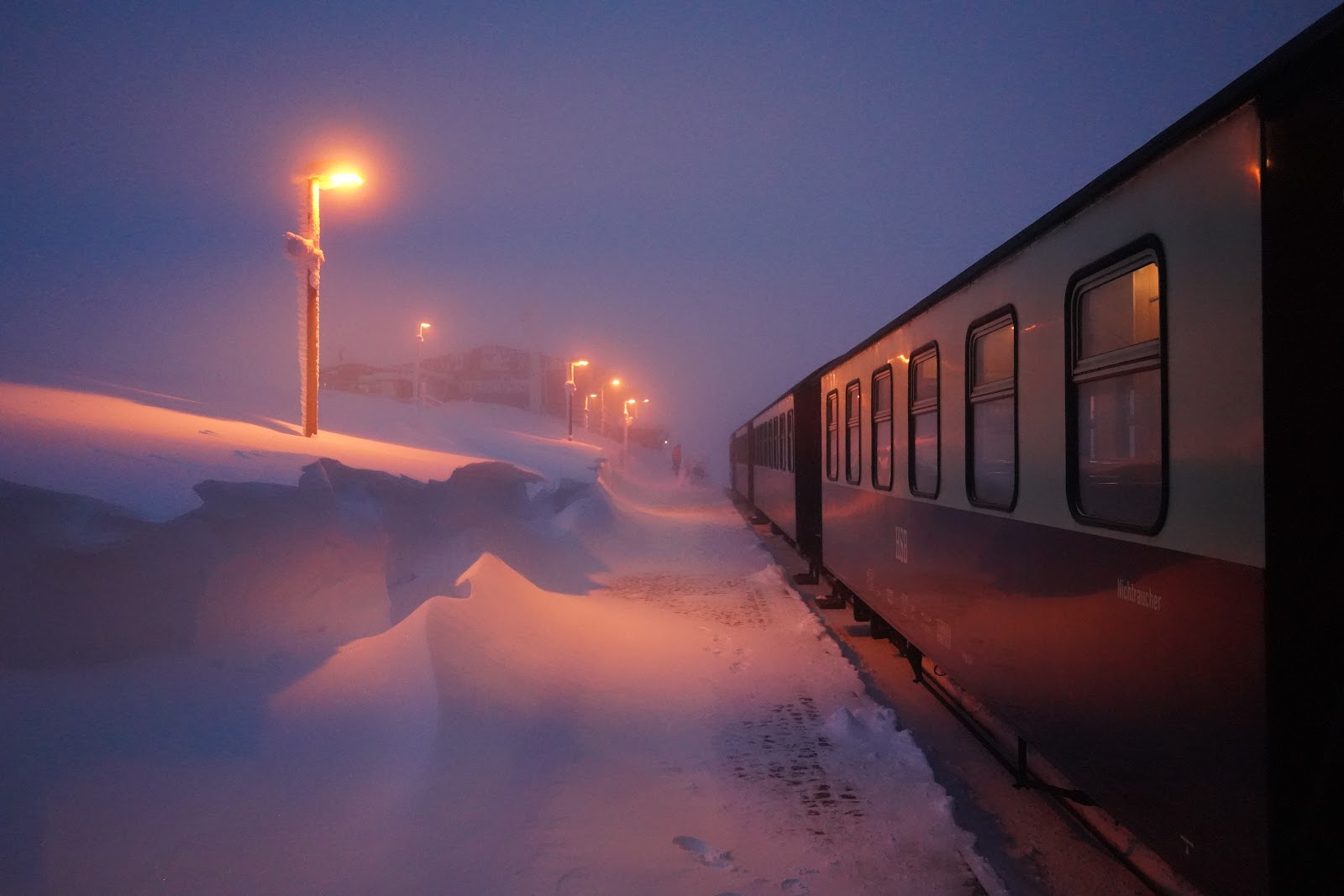






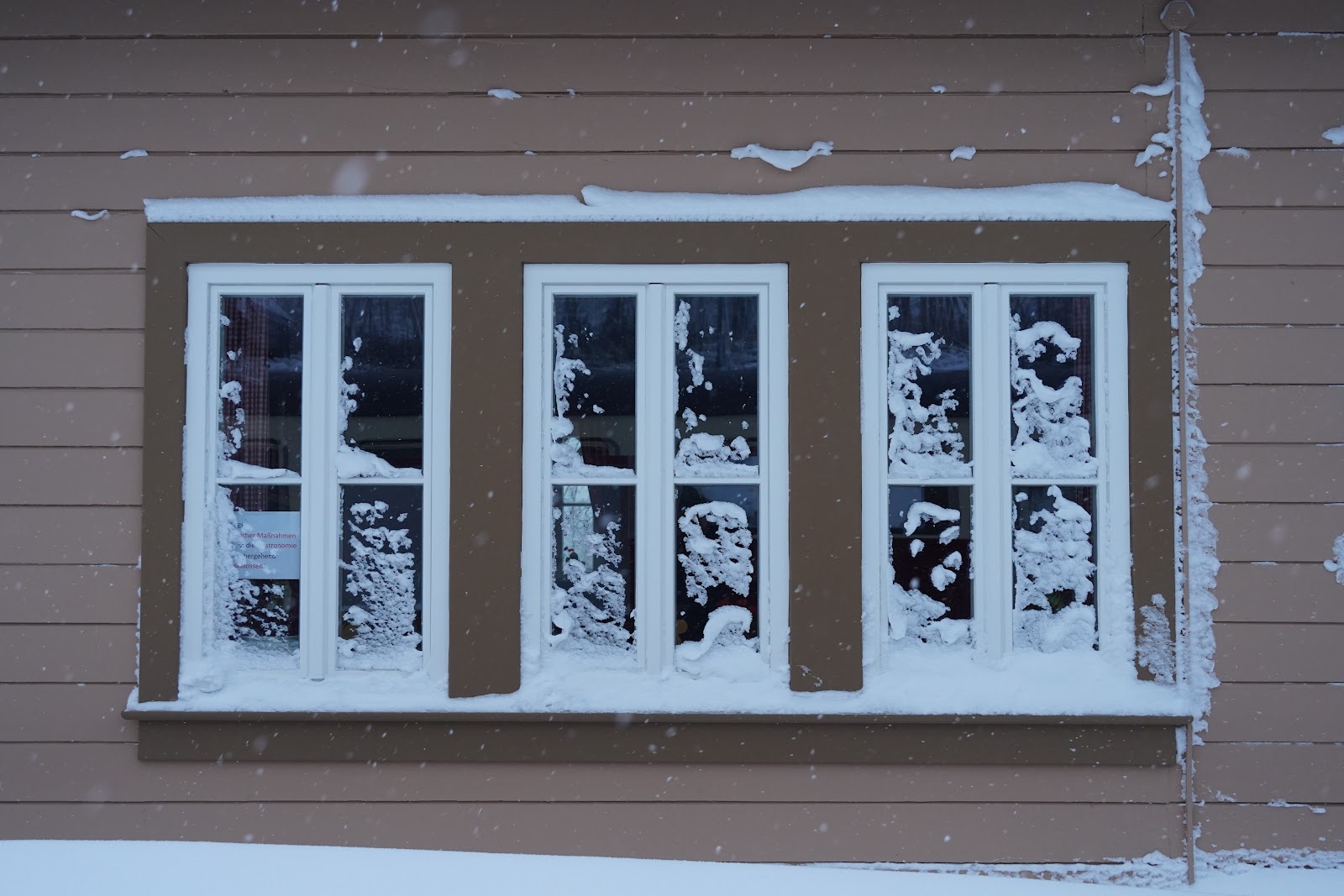






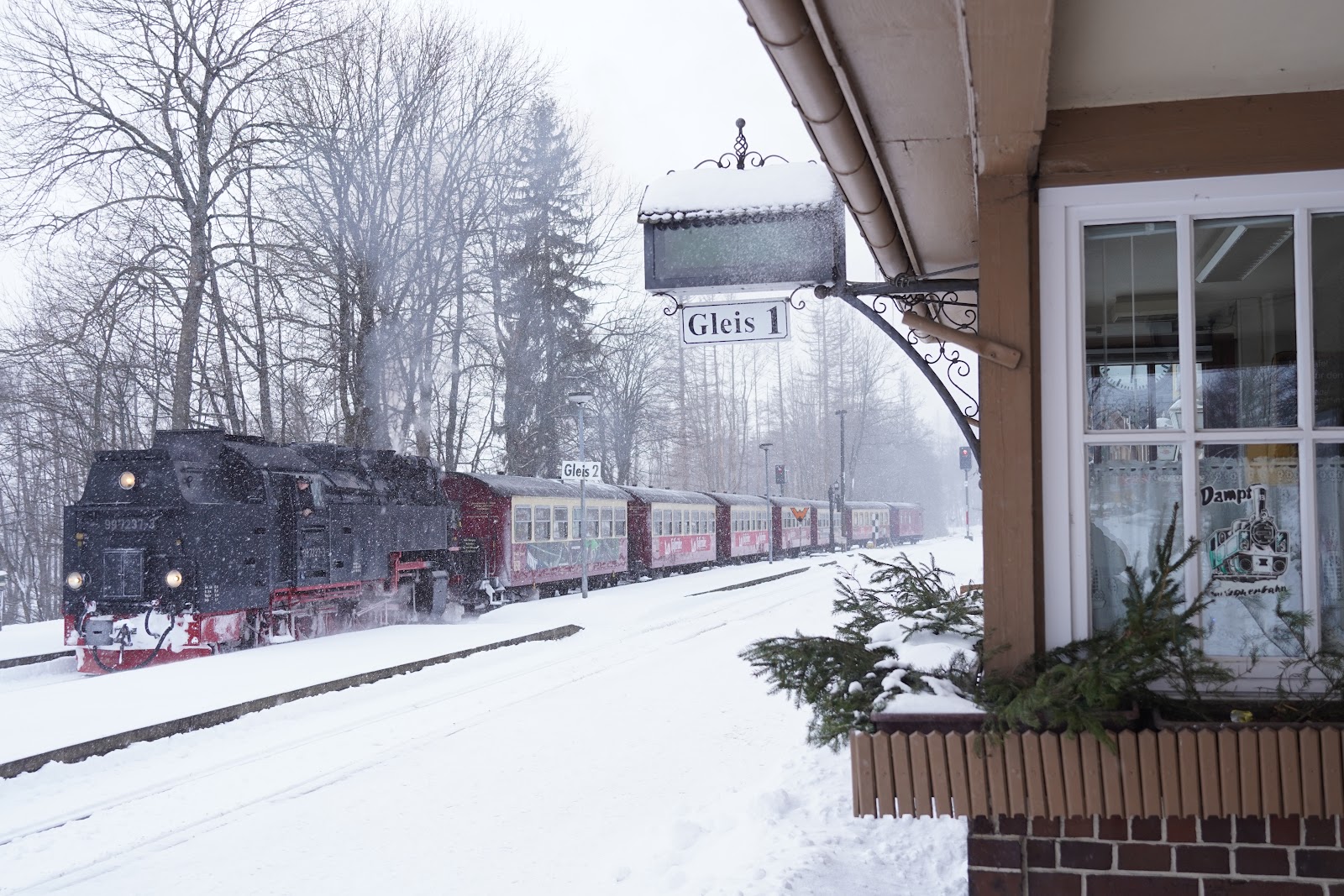




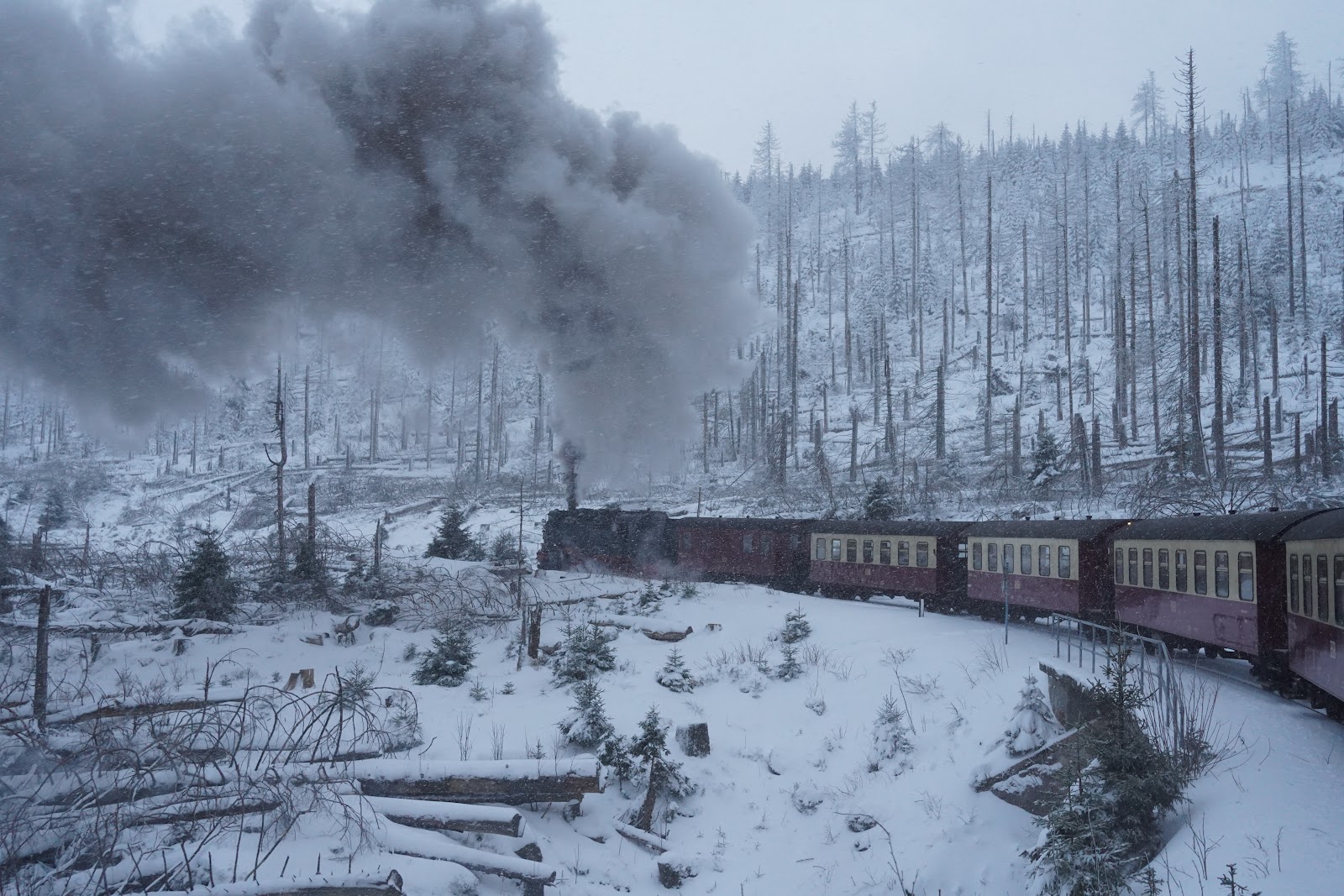


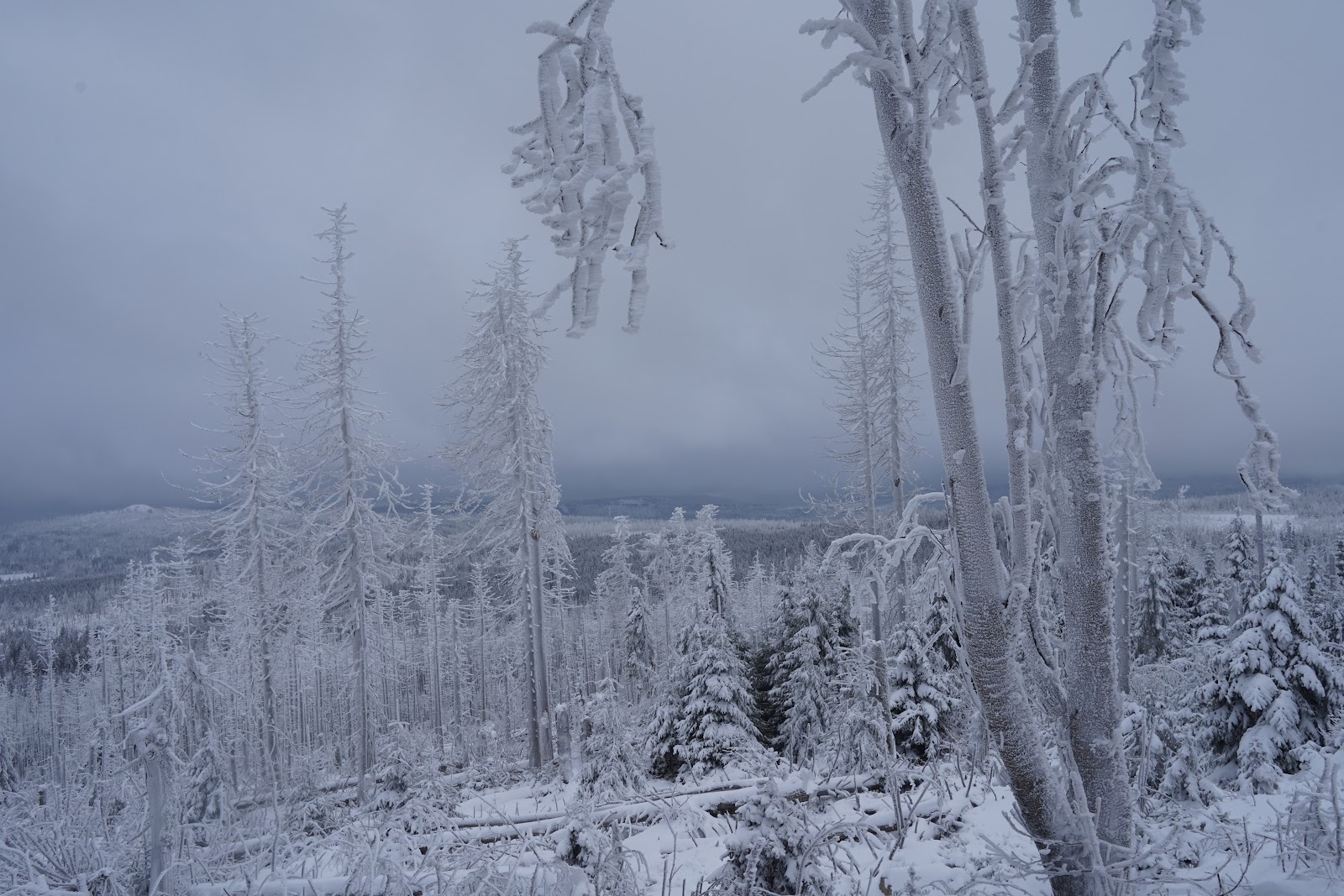




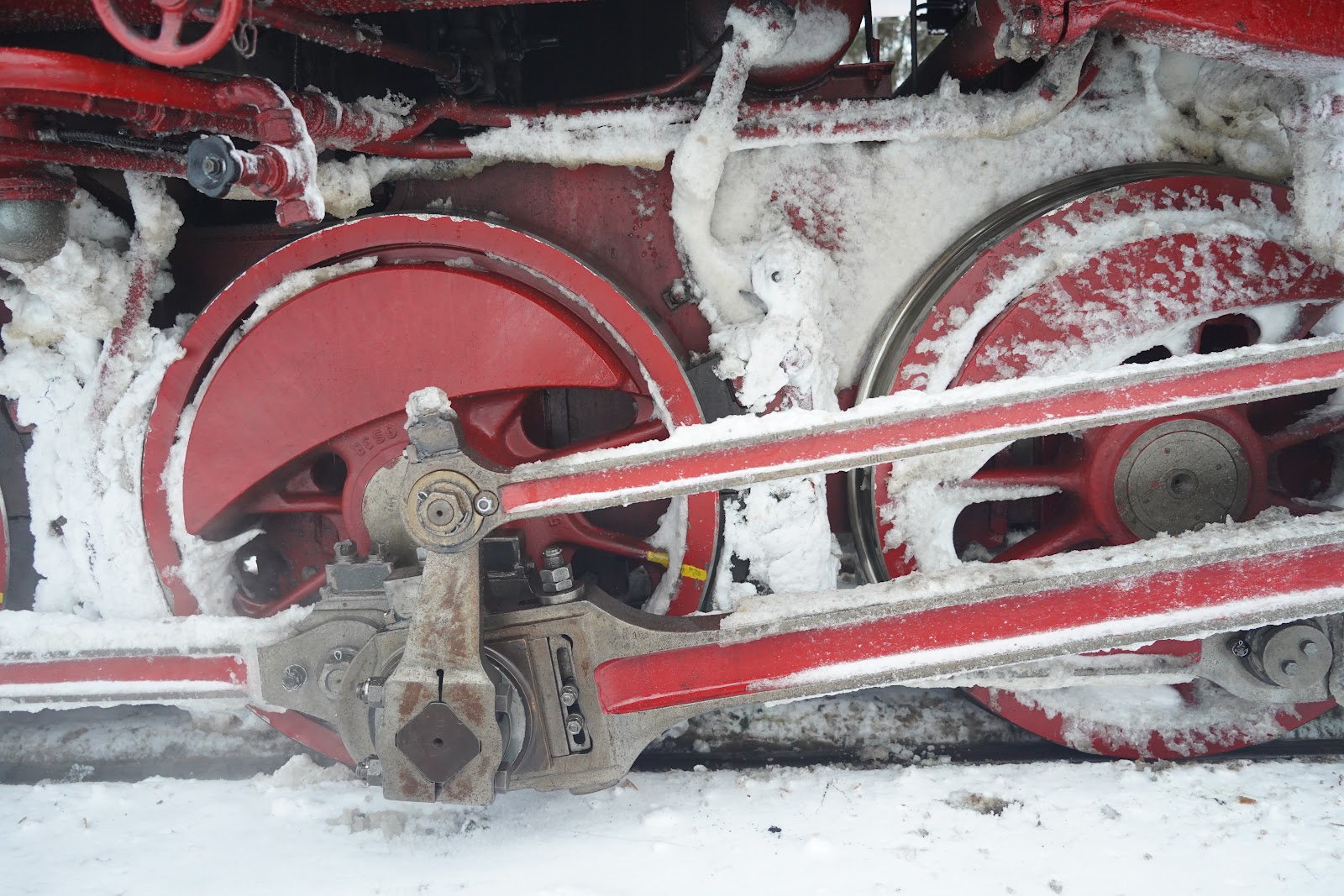

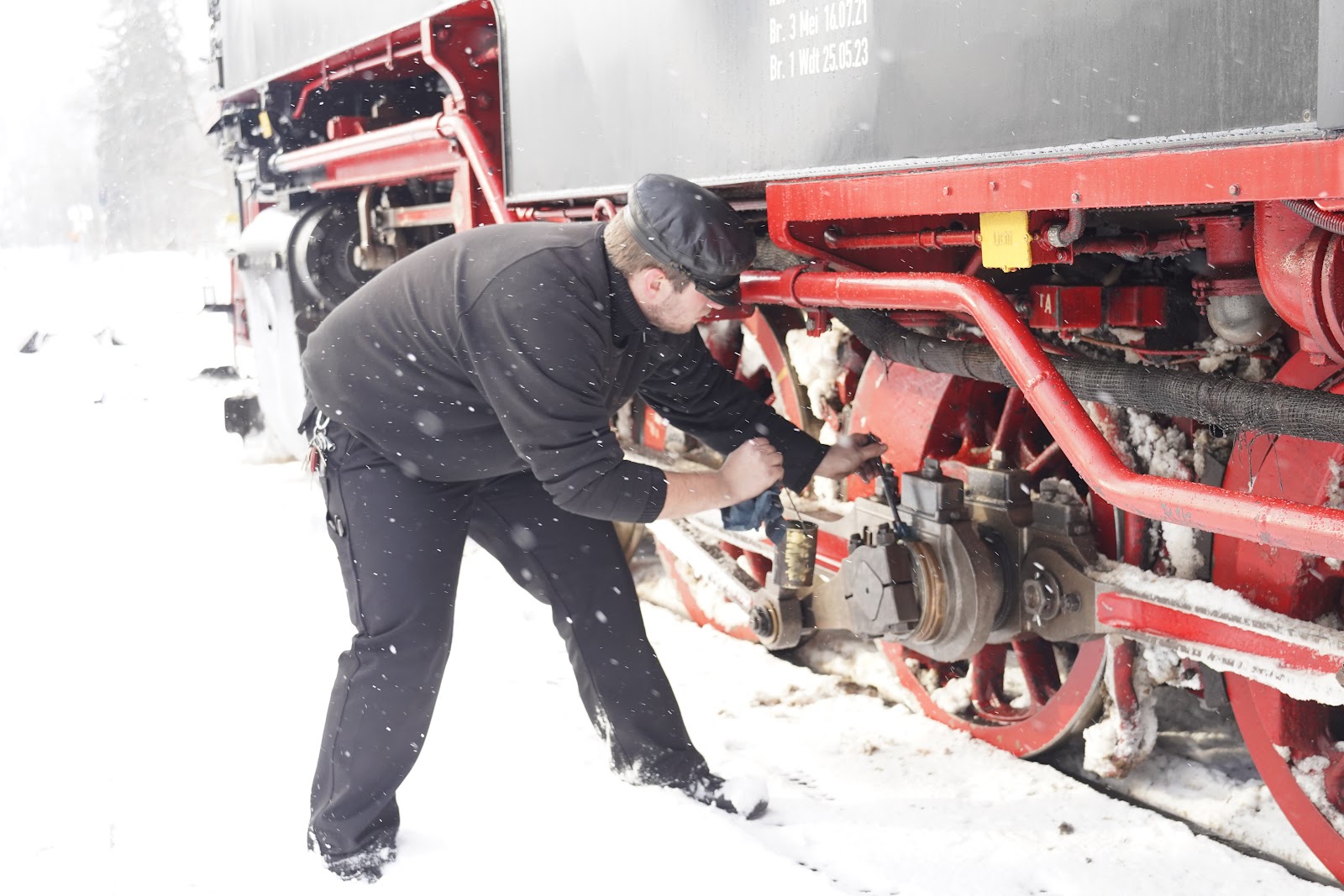


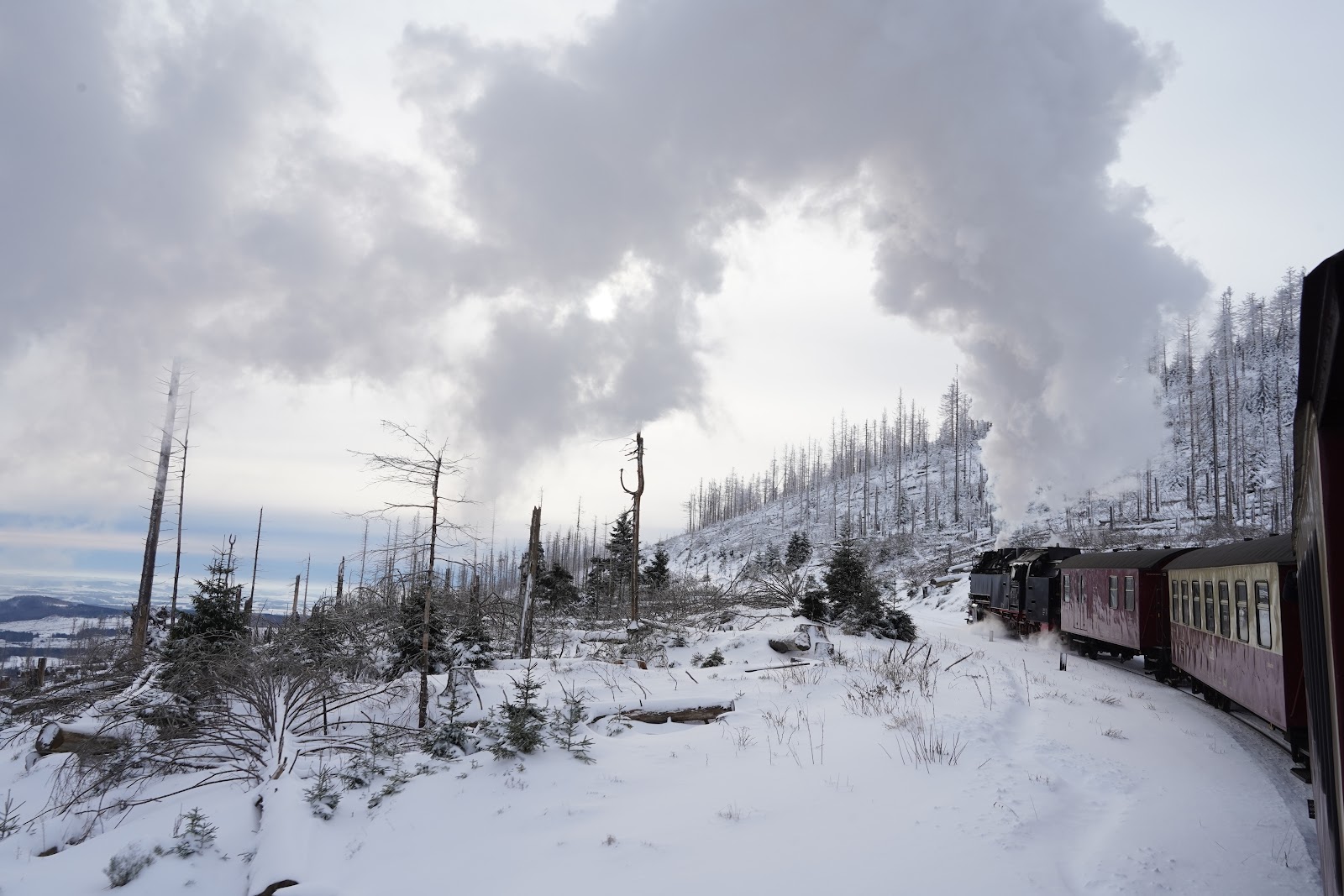
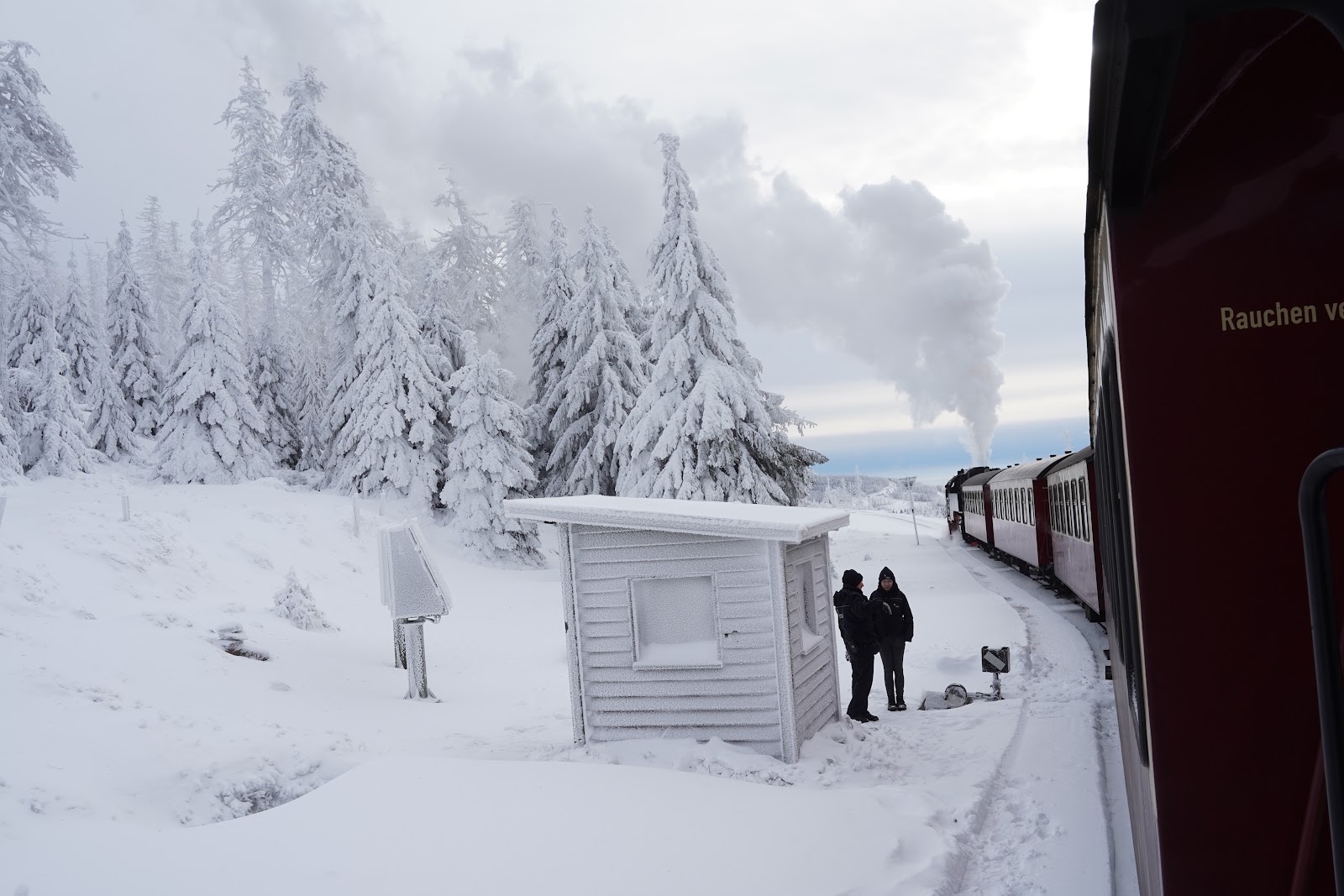
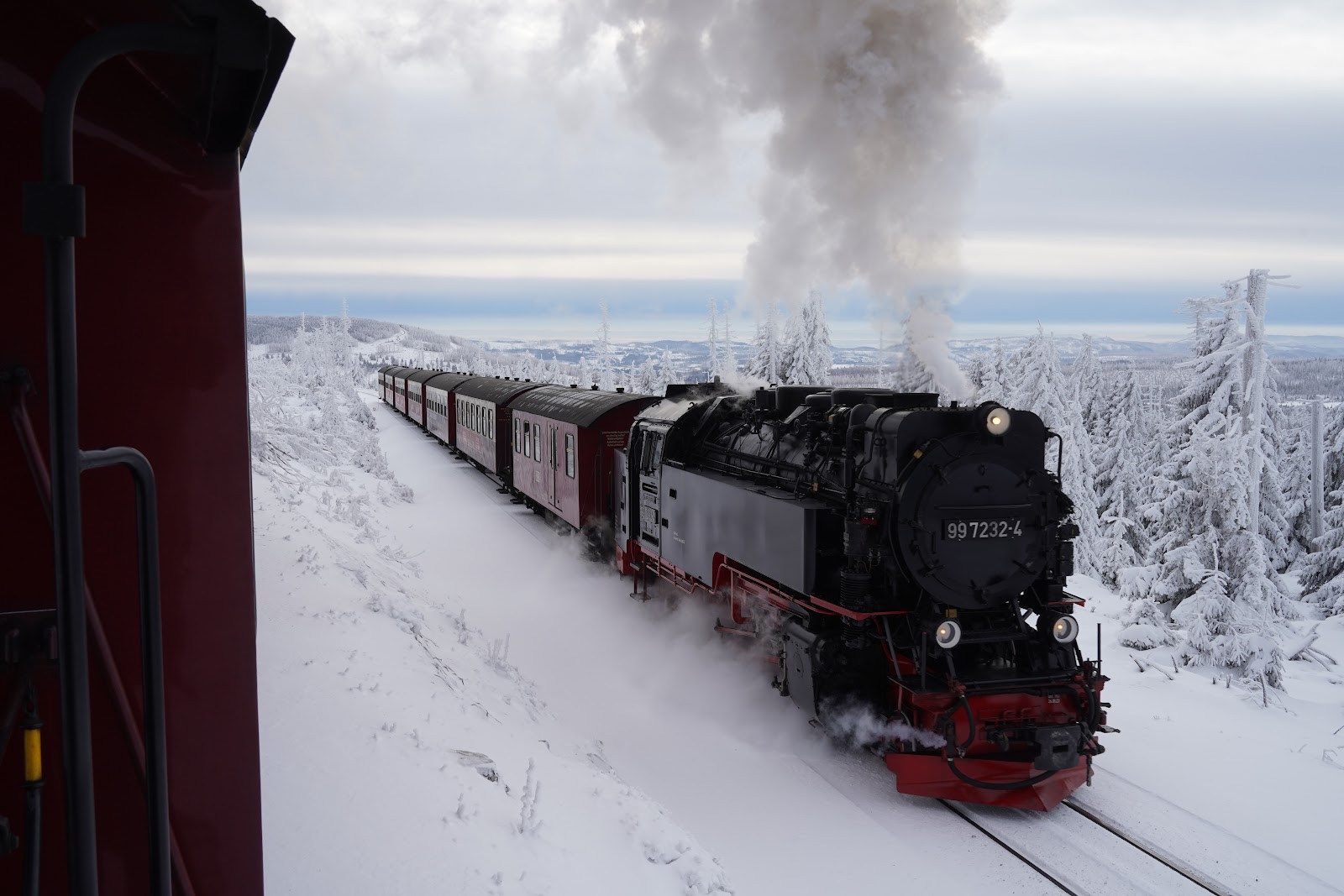






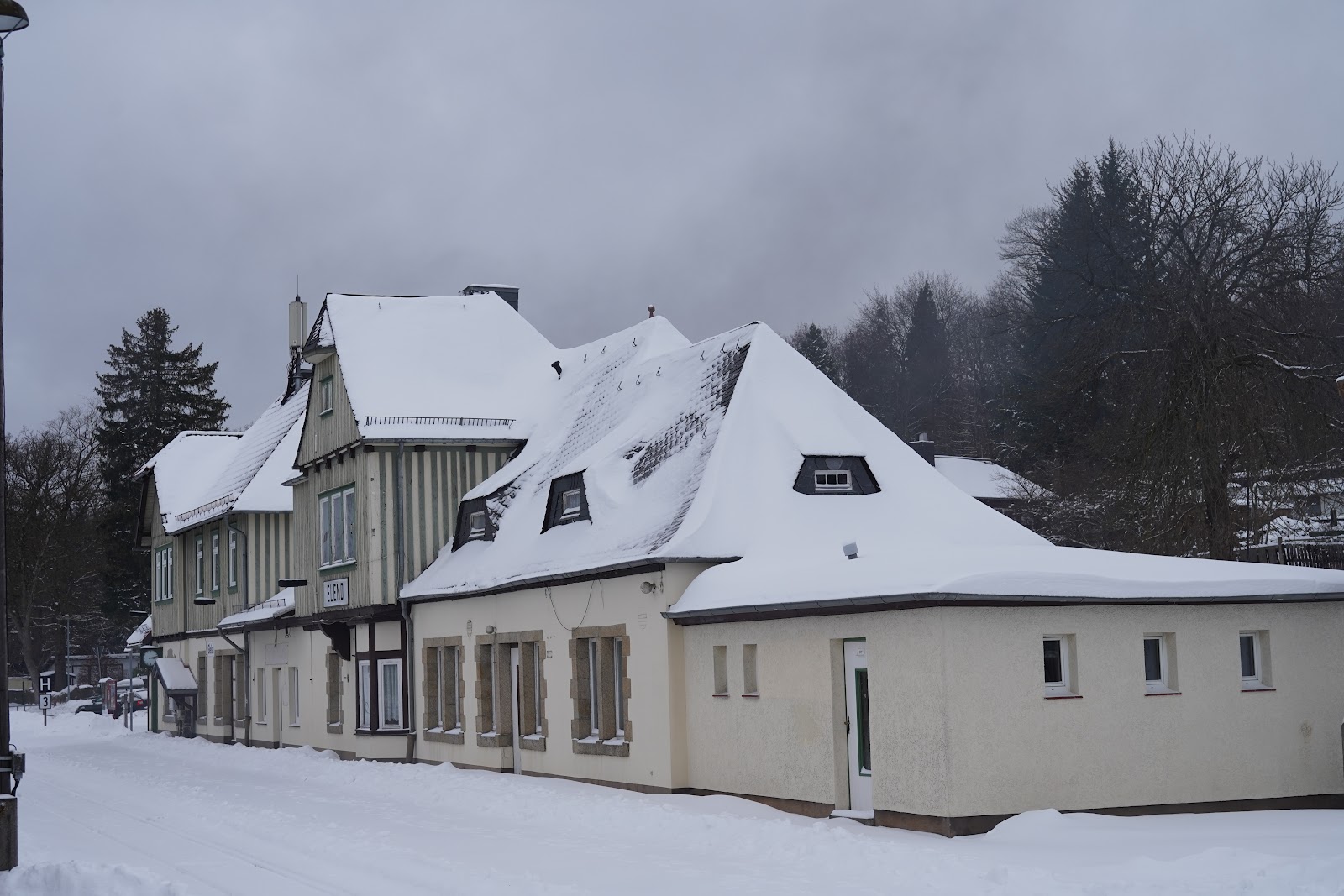

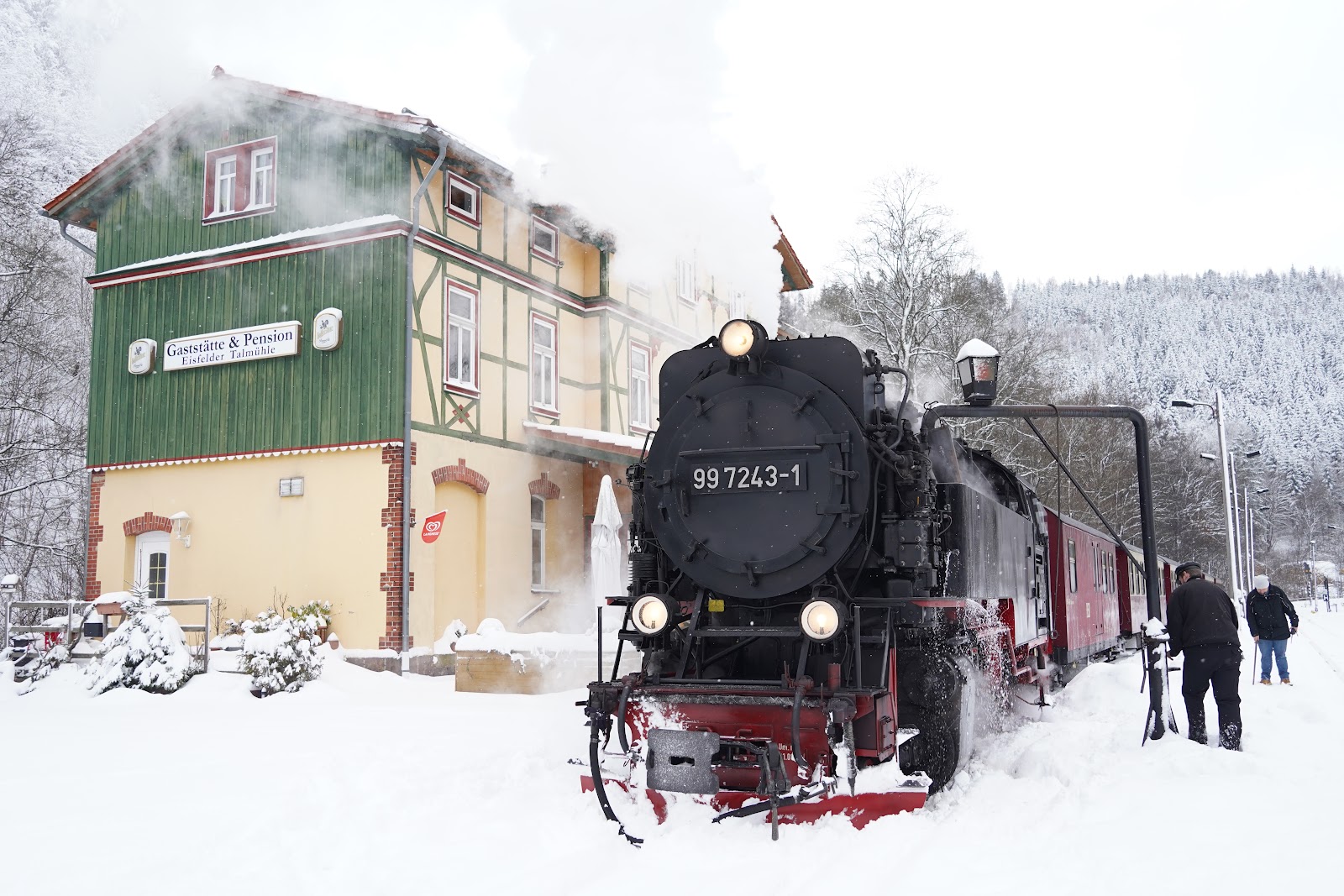










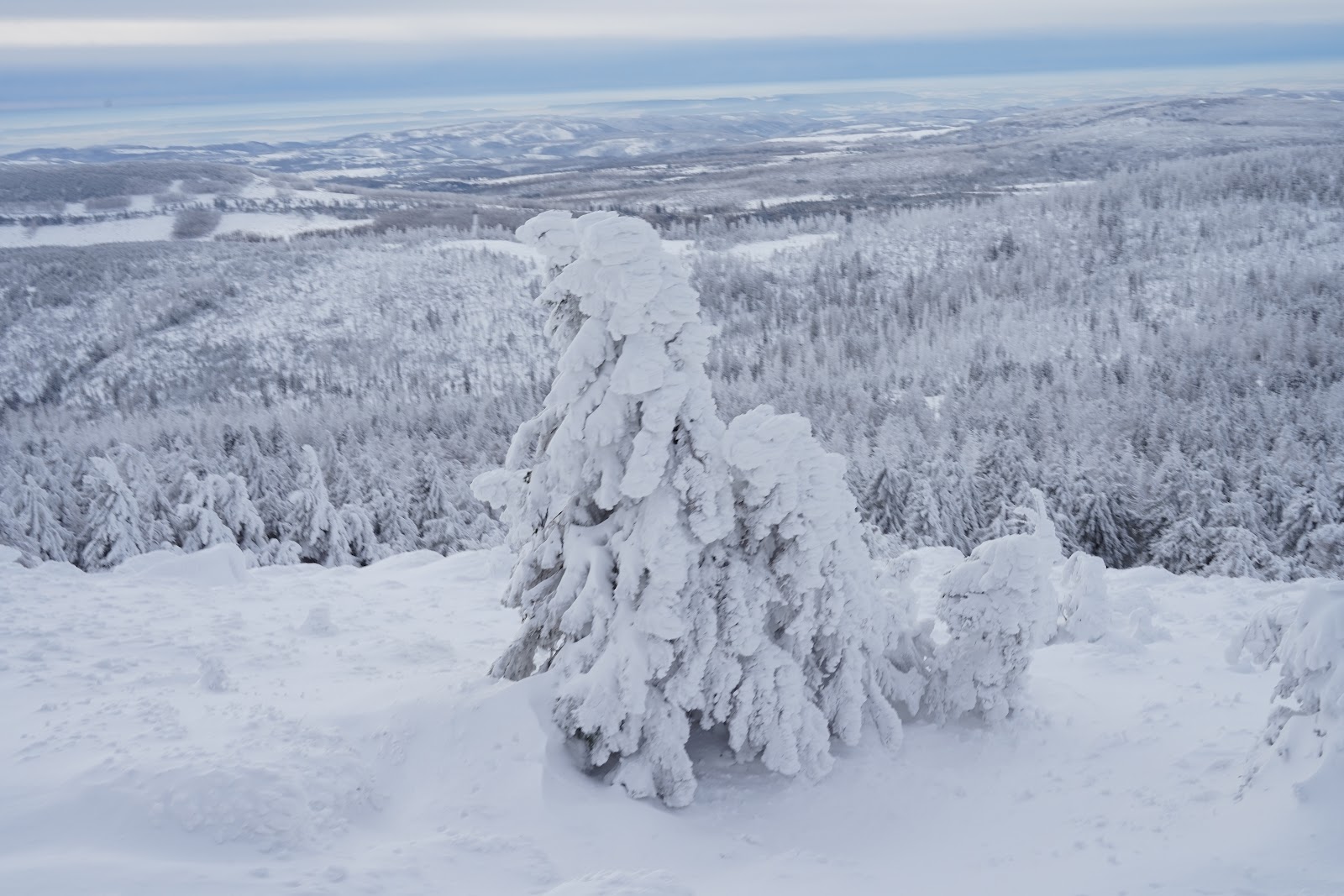



No comments:
Post a Comment